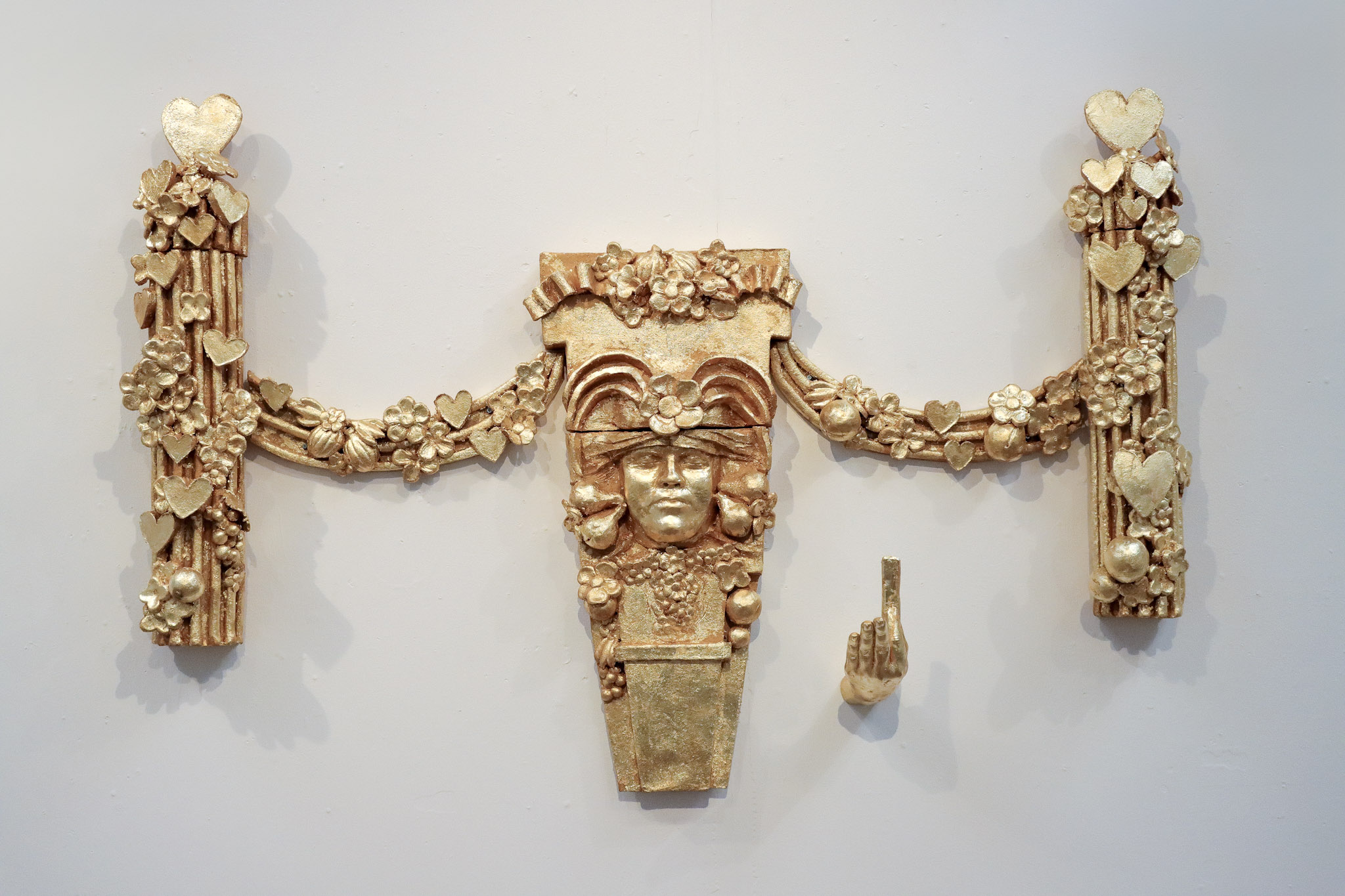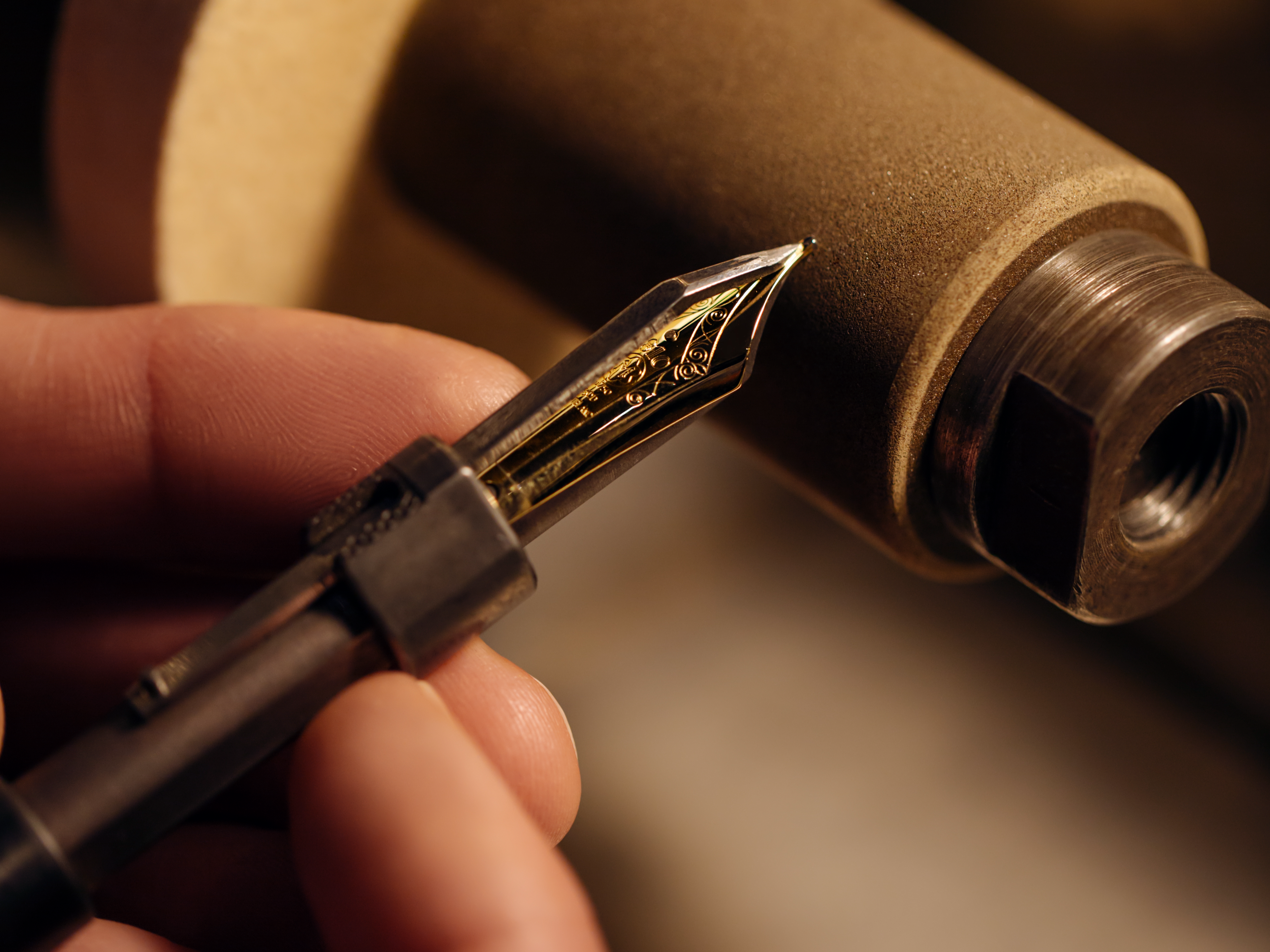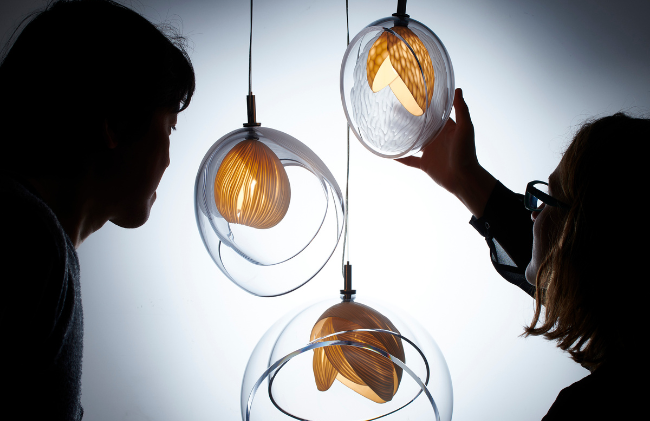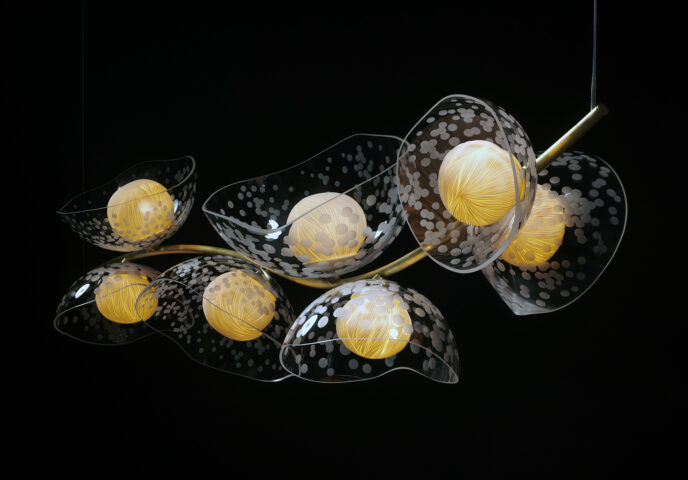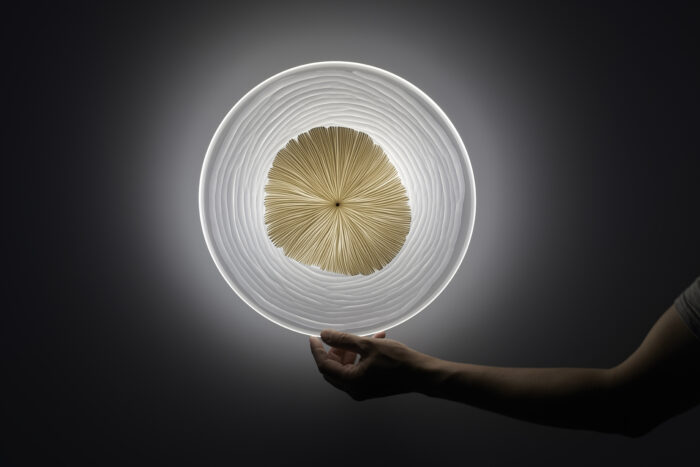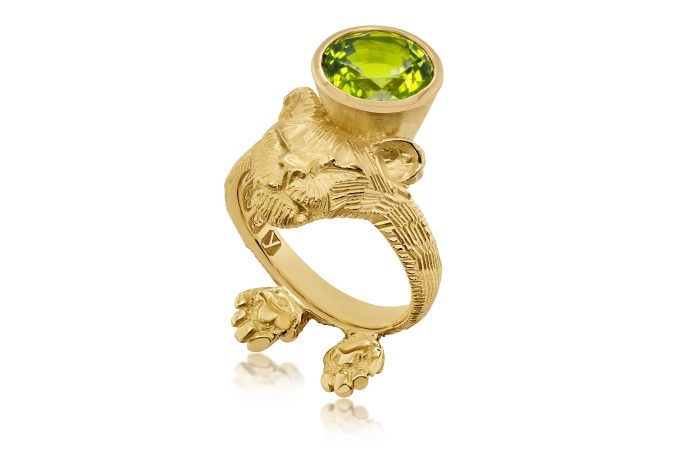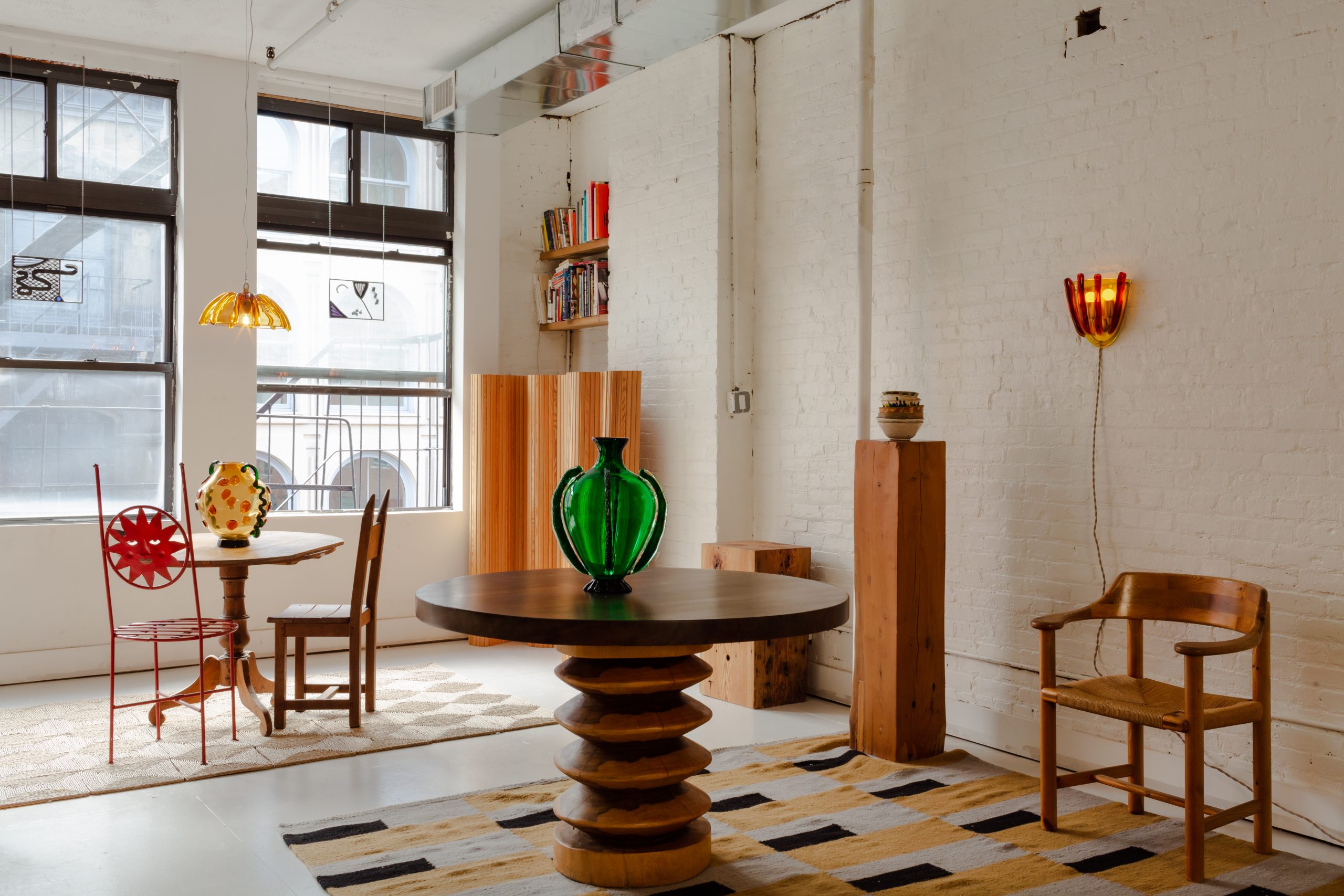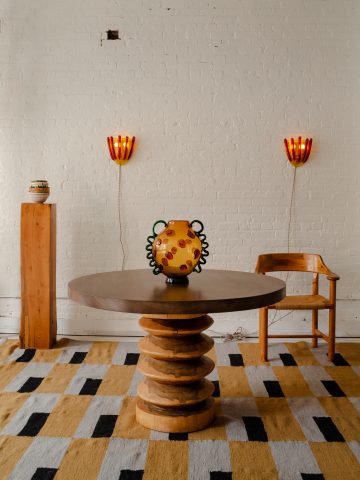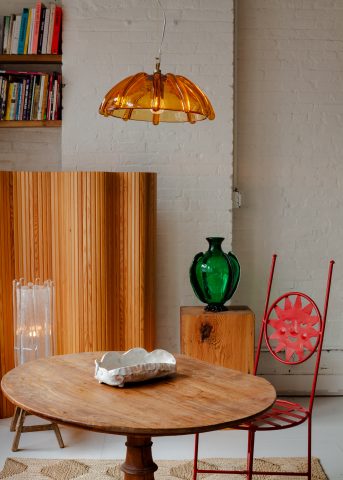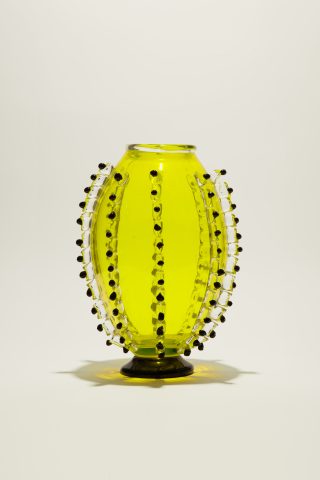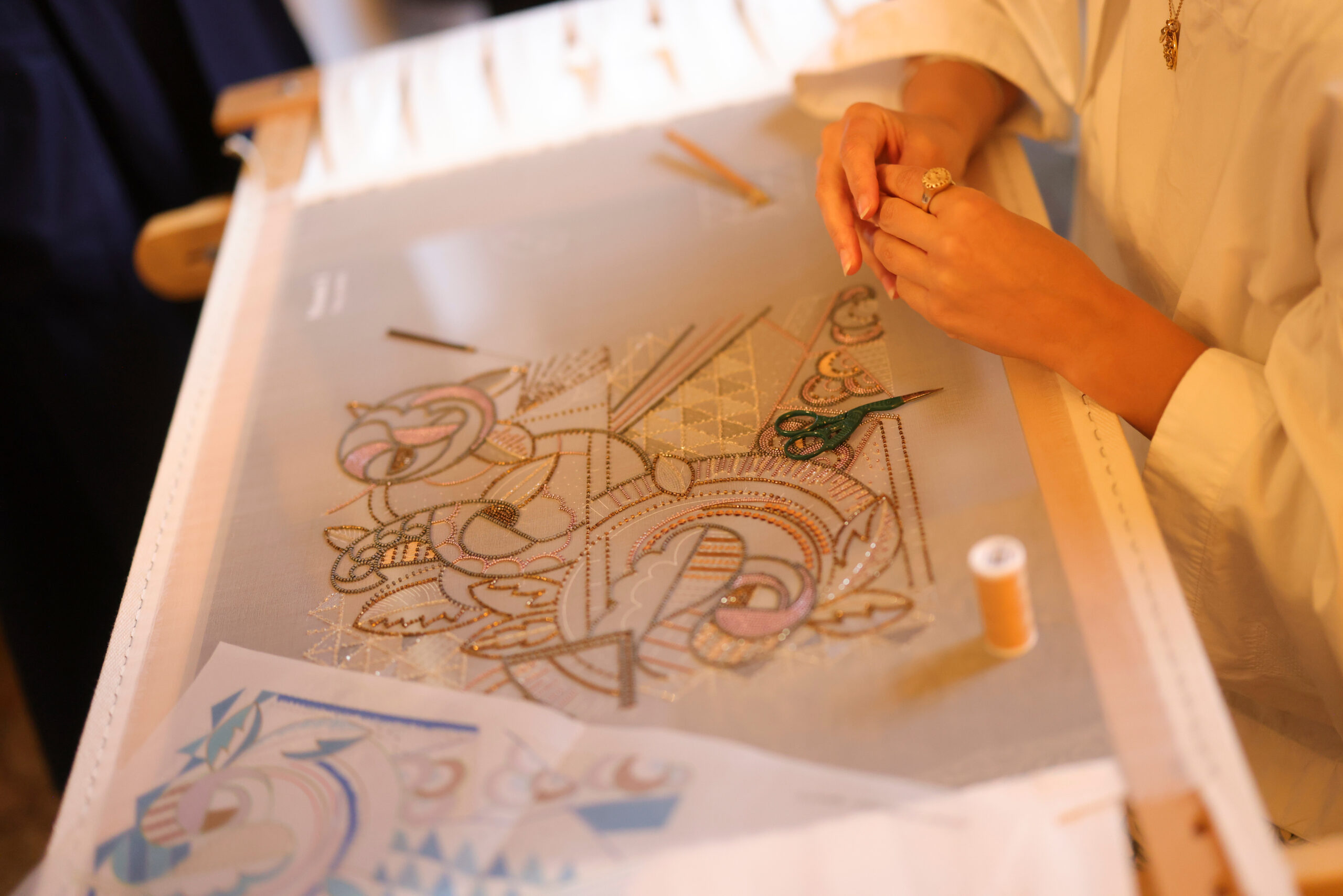
With our former Head of Programme taking on the role of Managing Director, an exciting opportunity has arisen to join the London Craft Week team.
ABOUT LONDON CRAFT WEEK
London Craft Week (LCW) is a city-wide festival celebrating exceptional craftsmanship from around the world. A unique cultural and commercial platform, the festival has grown significantly in scale and prominence since its launch in 2015, attracting 225,400 visitors in 2023.
LCW 2024 was our highest profile yet with a reception hosted by the Secretary of State for Culture, Media and Sport at 10 Downing Street, a full programme of events across the V&A, and a visit by His Majesty The King to Chihuly at Chelsea Barracks. 2025 marks the start of the festival’s second decade and we look forward to continuing to work with all our partners to celebrate the best of craftsmanship internationally.
LCW’s curated programme brings together established and emerging makers, iconic heritage and contemporary brands, studio groups, collectives and galleries with discerning consumers to build engagement and sales. It features exclusive workshops, demonstrations, exhibitions, talks and discussions and performances.
London Craft Week tells the stories behind some of the world’s most beautiful objects – the material, the maker, the process and the inspiration. We work closely with partners to shape persuasive activations, connecting partners with new and existing customers.
London Craft Week is an independent, not-for-profit organisation.
ABOUT THIS ROLE
With our former Head of Programme now taking on the role of Managing Director, we are looking for an outstanding candidate with strong sales experience, excellent communication skills and meticulous attention to detail to plan, manage and deliver the programme for London Craft Week.
- You will be a commercially-minded individual, who is used to working in a target-driven environment.
- You will understand the commercial and creative objectives of programme partners and sponsors and develop effective solutions that address their needs.
- You will have strong content development and brand management skills, and be able to translate this into commercial opportunities for potential sponsors and partners.
- You will need to be a strategist, salesperson and ambassador for the business.
- You will understand the ‘bigger picture’ while engaging at scale with the detail.
- You will operate strategically at a high level while concurrently implementing your plans.
- Your operational skills will allow you to translate your ideas into reality.
- You will be an integral part of a small but dynamic team working on an ambitious event, whose profile and reach continues to grow each year.
- You will work with flexibility, energy and commitment.
- You will have strong interpersonal skills with the ability to ‘read’ situations and individuals. You will be confident, authoritative, tactful and diplomatic.
- You will balance intuitive and reasoned decision-making.
- You will have a keen interest in the work of London Craft Week, craftsmanship, art and design, and in the luxury fashion, retail, arts and cultural sectors more broadly.
KEY RESPONSIBILITIES
Programme Development and Implementation:
- Work with the Chairman, Managing Director and Programme Managers to develop and implement a balanced and vibrant programme in line with the ambitions set out.
- Initiate and manage relationships with an international network of leading stakeholders including but not limited to artist-makers, brands, museums, cultural organisations, embassies, members clubs, hotels and concierge services.
- Working with the Chairman, Managing Director and Programme Managers set and deliver on programme KPIs covering volume, balance and quality.
- Shape activations, facilitate collaborations and act as creative lead for LCW.
- Ensure that all programmed events meet or exceed LCW benchmarks for quality.
- Liaise with category and discipline experts to review and approve applications as necessary.
- Support partners with event planning and logistical advice when necessary.
- Manage the schedule of events, agreeing dates and times with partners, working closely with the Programme Manager to avoid clashes and maximising opportunities for programme partners.
- Ensure contact details for all programme partners and sponsors and associated status updates are logged on the database.
- With the Programme Managers, manage and update programme spreadsheets.
- Where required, develop events of exceptional quality for VIP audiences
Content Development:
- Plan, manage and implement a content plan covering newsletters, websites and social channels, working closely with the Chairman, Managing Director and Programme Managers.
- Monetise written content, upselling opportunities to programme partners and identifying new advertisers and sponsors.
- Ensure all content produced retains the trusted LCW ‘voice’
Financial:
- Work closely with the Managing Director and Programme Managers to set and deliver programme partner, sponsor and other revenue targets.
- Develop a sales plan with agreed milestones to achieve the financial targets relating to programme partner income.
- Monitor target income from programme partner fees, sponsorship and ticket sales and report progress to the Managing Director.
Partner Communications and Customer Care:
- With the Programme Managers, be the main point of contact for all programme partners.
- Work with the Programme Managers to ensure partner contracts are issued and returned in a timely manner.
- With the Marketing Manager, develop a partner communications schedule covering: requests for copy and images; deliveries of print and digital assets; ticketing; evaluation.
- Ensure all risk and insurance documentation for each partner is up to date and compliant.
- Ensure a high level of customer care at all times.
Marketing and Press:
- Work with the Marketing Manager and Programme Managers to gather all details, images and text from programme partners and sponsors for inclusion in the Guide and on the website.
- Work with the Marketing Manager and Copy Editor to ensure a consistent tone of voice across all copy for inclusion in the Guide and online.
- Work with all other team members to proof and correct the Guide.
- With the Managing Director, brief the PR agency on the programme and, with the Programme Managers, produce a highlights document to focus their activity.
- Meet and brief key journalists on the programme with the Managing Director.
Sponsorship:
- Work closely with the Managing Director to identify potential new sponsors and add their details to the database.
- Research contact details and arrange meetings as required.
- Attend sponsorship meetings with the Managing Director.
- Develop and write creative sponsorship proposals as required.
General Administration:
- Support the Chairman and Managing Director in managing relationships with Strategic Partners.
- Perform any additional tasks as may be deemed necessary for the success of the business.
ESSENTIAL SKILLS AND EXPERIENCE:
- At least five years sales and partnerships experience
- Experience of delivering defined creative content to achieve specified business goals
- Exceptional understanding of the craft, art, design and luxury sectors
- Strong commercial awareness and ability to identify new business opportunities
- Confident sales and presentation skills
- Experience of developing high-level partnerships
- A keen organisational sense with meticulous attention to detail
- A sound ‘creative eye’
- Experience of using a content management system for websites and CRM
- Confidence communicating and working with senior staff from a wide range of organisations including the art, craft, design and luxury sectors
- Experience working with a range of software such as Microsoft Office (including Excel), MailChimp and Adobe Creative Suite
- Ability to manage multiple priorities, work to deadlines and stay calm under pressure
- Strong interpersonal skills with excellent verbal and written communication
- Ability to think clearly and solve problems effectively
- A focus on delivery with the ability to turn ideas into action
- An understanding and commitment to the vision and work of London Craft Week and a passion to play a key role in shaping the company’s success
- The ideal candidate will also have experience and an understanding of a similar event or festival environment.
TO APPLY
To apply, please email naomi@londoncraftweek.com with a CV of no more than three pages including your current salary and a covering letter explaining in no more than 500 words how your skills and experience match the requirements of this role.
Closing date for applications is midnight on Friday 5 July.
